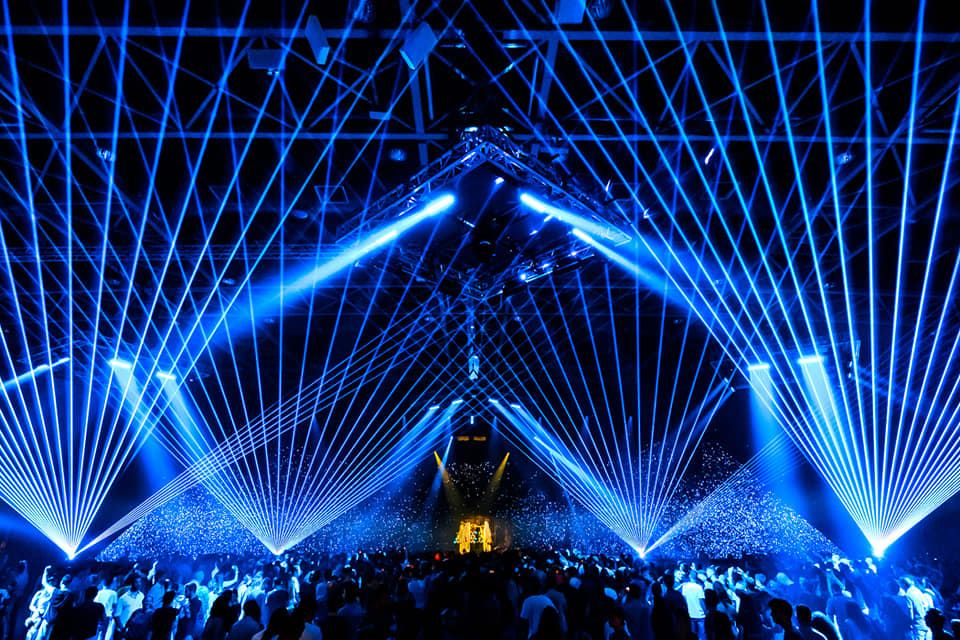
Publish Time: 2023-09-07 Origin: Site

In this informative article, we will delve into the art of designing an optimal lighting truss layout. This guide offers invaluable insights and techniques for creating well-balanced lighting setups. Whether you are an industry veteran or new to the world of lighting design, these principles will serve as a solid foundation for your endeavors.
Introduction to Effective Lighting Truss Layout
Laying out a lighting rig is a critical aspect of any lighting design project. It requires meticulous planning and an understanding of how to maximize the potential of your lighting fixtures.
The Key to a Thoughtful Lighting Layout
The first step in designing an effective lighting rig is determining where to position the trusses or lighting structures. This foundational decision will significantly impact the overall success of your lighting setup. Careful consideration of the venue's layout and your lighting goals is essential at this stage.
Balancing Spotlights and Wash Fixtures
A fundamental technique in lighting truss layout involves the strategic alternation of spotlights and wash fixtures. This pattern, often referred to as "spot-wash-spot-wash," offers a dynamic and visually engaging lighting design. The distinct characteristics of spot and wash fixtures contribute to the depth and complexity of your lighting display.
Leveraging Fixture Strengths
Understanding the inherent strengths of different fixture types is paramount when implementing the spot-wash pattern. Spotlights, typically equipped with white light sources, excel in rendering non-saturated colors. Conversely, wash fixtures, particularly those utilizing LEDs, are well-suited for producing vibrant and saturated colors. By harnessing these strengths, you can craft captivating lighting compositions.
Layering Your Lighting Design
Layering is a powerful technique that adds depth and dimension to your lighting setup. Placing specific fixtures, such as blinder lights, beam fixtures, or LED bars, on top of the trusses allows you to illuminate different areas or levels of the stage. This approach enhances the overall visual appeal of your design.
The Art of Triangulation
Triangulating fixtures across multiple trusses can elevate your lighting design further. Arranging fixtures in triangular configurations yields visually pleasing and well-balanced compositions. This technique is particularly effective for fixtures like blinder lights, beam fixtures, or LED bars, as it imparts a sense of symmetry and completeness to your design.
Embrace Symmetry and Consistency
Symmetry and consistency are foundational principles in lighting truss layout. Utilizing a tape measure and ensuring uniform fixture placement result in a polished and professional appearance. These details contribute to the overall harmony of your lighting rig.
Conclusion
In conclusion, crafting a balanced lighting truss layout is an art form that requires a blend of creativity, precision, and technical know-how. By incorporating the spot-wash pattern, leveraging fixture strengths, embracing layering and triangulation, and maintaining symmetry and consistency, you can elevate your lighting designs to new heights.
This article serves as a comprehensive guide suitable for clients across various industries. Whether you are embarking on a lighting design project for a theater, event, or architectural setting, the principles outlined here will equip you with the knowledge and techniques needed to create captivating and well-structured lighting setups.
FOSHAN DRAGON STAGE
No.7,Xiaxi Industrial Area,Heshun,Nanhai District,Foshan,528241,Guangdong,China.
+86 136 3132 8997
